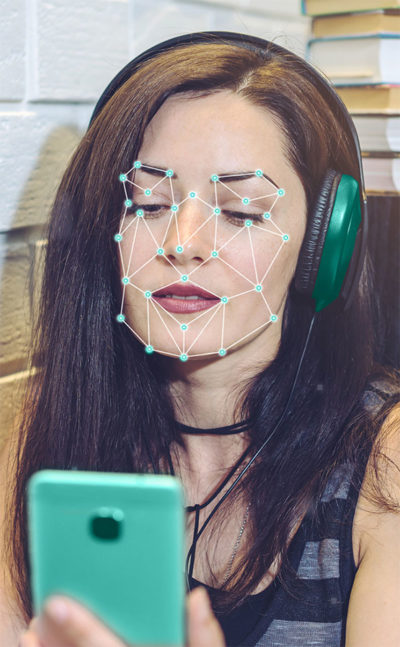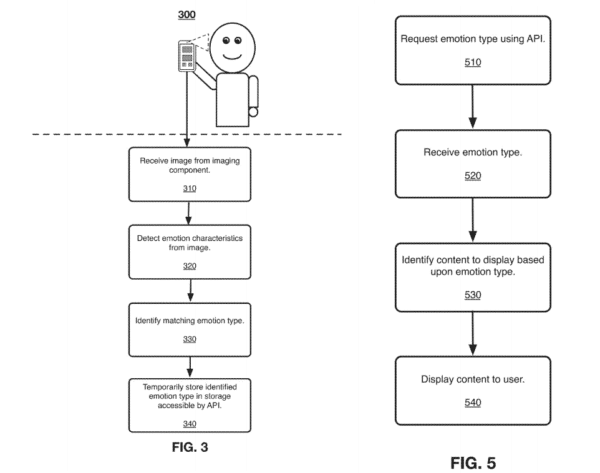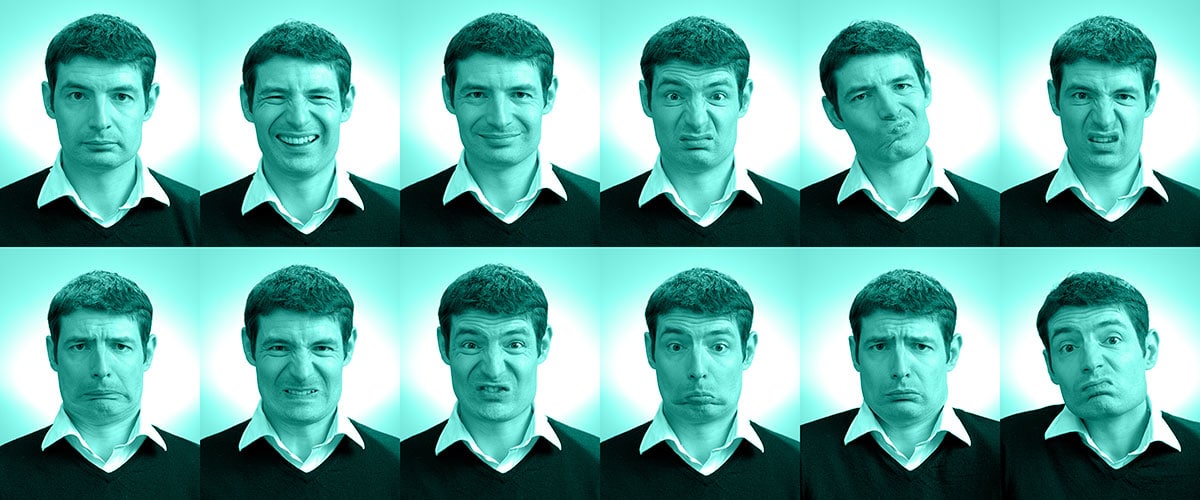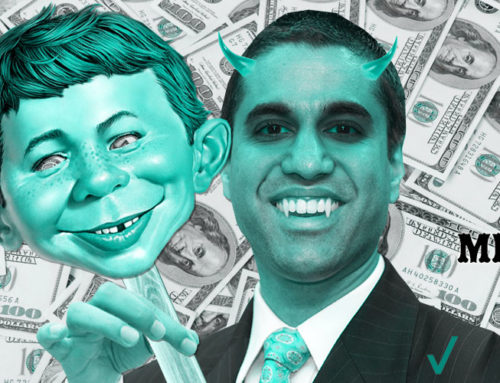Every Good Salesperson Knows That The Key To Sales Is Reading Your Audience.
Whether you’re a salesman, public speaker, politician, or con man – one of the greatest strengths to connecting with your audience is your ability to read the room. The smaller the room, the easier it is to read and win over.
We, at TimeHoodie, have been doing this for over 20 years and time after time we hear companies say, “If we can just get that first meeting, we have a 50% close rate.” The best salespeople say to us, “If I can just get them on the phone, I almost always can close the sale. This is because they can hear the interest in a person’s voice over the phone; the pauses, the excitement, the interruptions…
This reaction-based sales works to scale in call centers, with constantly optimized phone scripts, it works with video conferencing, and it works, of course, most effectively in person.

In a mobile-first world, we now have the ability to read the room on a 1:1, automated level. Artificial Intelligence is giving us the opportunity to optimize dialogue, creative, and other persuasion elements on the fly.
We have to do this persuasion optimization manually right now, based on clicks, page views, shopping cart additions, etc. The user’s physical interaction with a campaign to demonstrate how far we are getting them down the sales funnel.
For example, we currently run campaigns for a car rental company and we find that if a person comes to their website, looks at a location, shops for price, but then leaves without making a reservation – they are likely shopping based on price and comparing us to other rental car companies. We have been able to optimize our re-marketing campaigns to be highly effective at bringing them back and converting to a sale with little to no price reduction. We use elements already in place related to location, car types, availability, and guarantees to persuade them. Yes, sometimes we do make sure that they are aware of specials that are currently available to them to help them with pricing, but these are not discounts offered specifically to them because they abandoned the website, these are specials already available to everyone, regardless if they have abandoned or not.
We do this persuasion optimization for all of our clients in social media advertising, paid search advertising, basically in ALL advertising and marketing campaigns as well as in website design conversion optimization.
Persuasion Optimization: Boss Level
In a mobile-first world, with facial recognition built in for everything from unlocking your phone to payment authorization, there is now an unprecedented level of access to reading a consumer on the fly.
Advertising images can be optimized based on the users reaction to them. Copy can be optimized based on facial reaction. Looking for a smile? Looking for a furrowed brow of concern? Facial recognition feedback allows marketers to know in real-time if they are reaching the emotional connection they are looking for – happiness for impulse buys, concern or fear for emotional buys…
Please understand that this concept is not THAT new. In 2015 Saatchi & Saatchi ran an actual AI test that had outdoor signage that self-optimized based on user feedback tracked via an on-site camera. It was an experiment based on a fake company “Bahio.”
“One interesting aspect of this is the ability to let the system create weird ads no one would otherwise have written, bringing to life ideas that are absurd, and seeing whether by being absurd they are more effective,” he says. “The power of using data in this way is that algorithms can expose things from beyond the human realm of preconceived notions and self-editing.” – David Cox, M&C’s Saatchi Chief Innovation Officer.
Fast Forward to May 2017: Facebook’s Patent Granted for Content Driven by Facial Expressions
 So, here we are… Facebook has patented technology for capturing images of the user through smartphone or laptop cameras, even when the user is not actively using the camera. By visually tracking a user’s facial expression, Facebook aims to monitor the user’s emotional reactions to different types of content.
So, here we are… Facebook has patented technology for capturing images of the user through smartphone or laptop cameras, even when the user is not actively using the camera. By visually tracking a user’s facial expression, Facebook aims to monitor the user’s emotional reactions to different types of content.
Side Note: My favorite part of the patent diagram is the total lack of “give a crap” at the illustration of the person using the phone. I believe this exact illustration was also used for a patent demonstrating the use of bug spray.
What does this mean? Bottom line – Facebook wants to use “passive imaging data” from mobile devices, laptops (anything with a camera pointed at your face) to record your emotions, interpret them, then on-the-fly serve back content to persuade you to buy bug spray. Or vote for a specific candidate. Or… whatever.
The application of this is endless and pervasive. Just imagine going to work in your self-driving car with it trying to convince you throughout the entire ride that you really do need to invest in that time share in Florida.
Where do privacy laws factor into all of this? Oh, yeah, you can forget about that, that was sold up the river awhile back. But this isn’t a call to arms, this is more of a, “hey, guess what you can look forward to in future” sort of article. 🙂
Speaking of this article, thanks for sticking it out until the end. You’re one of the good ones. Hopefully, it gave you something to ponder while you sip your next latte.


